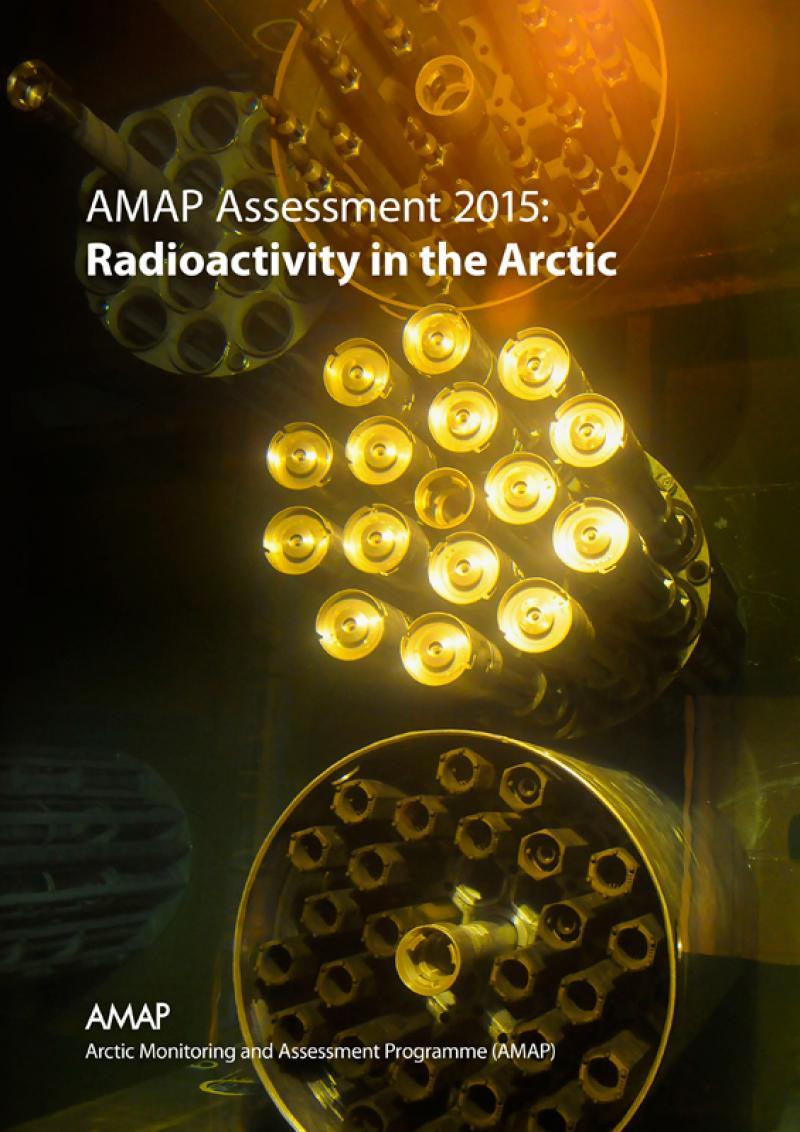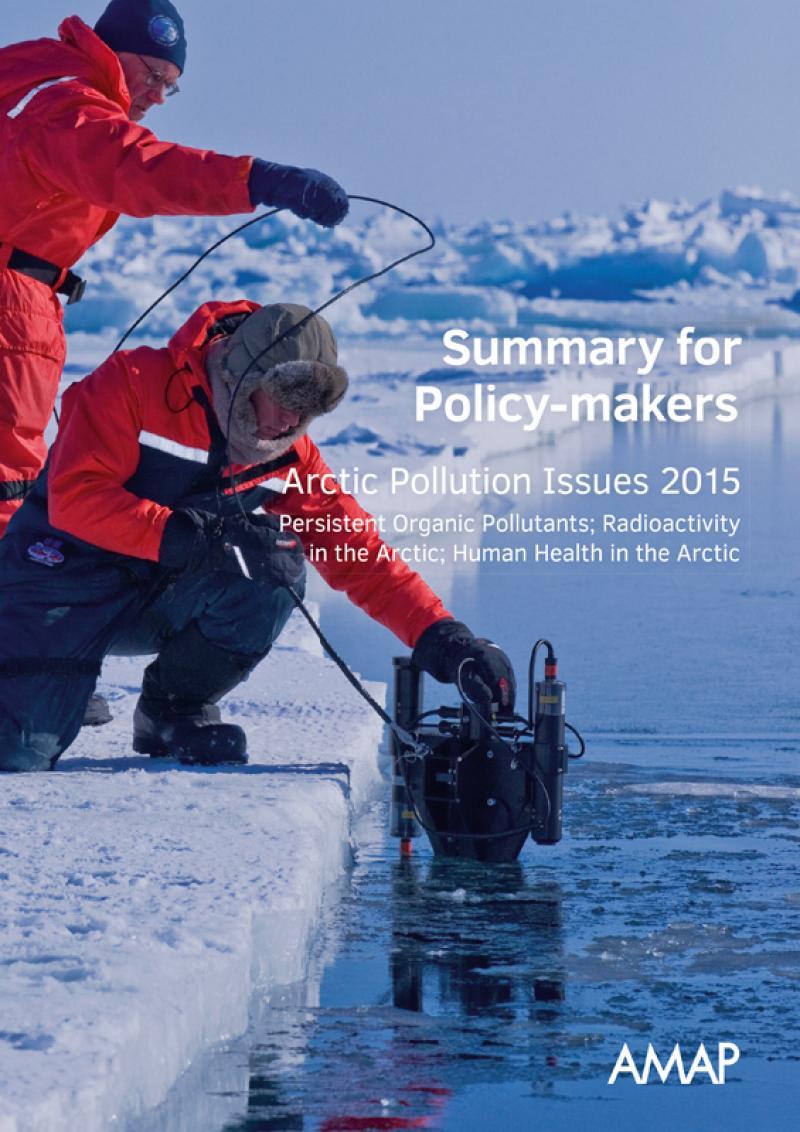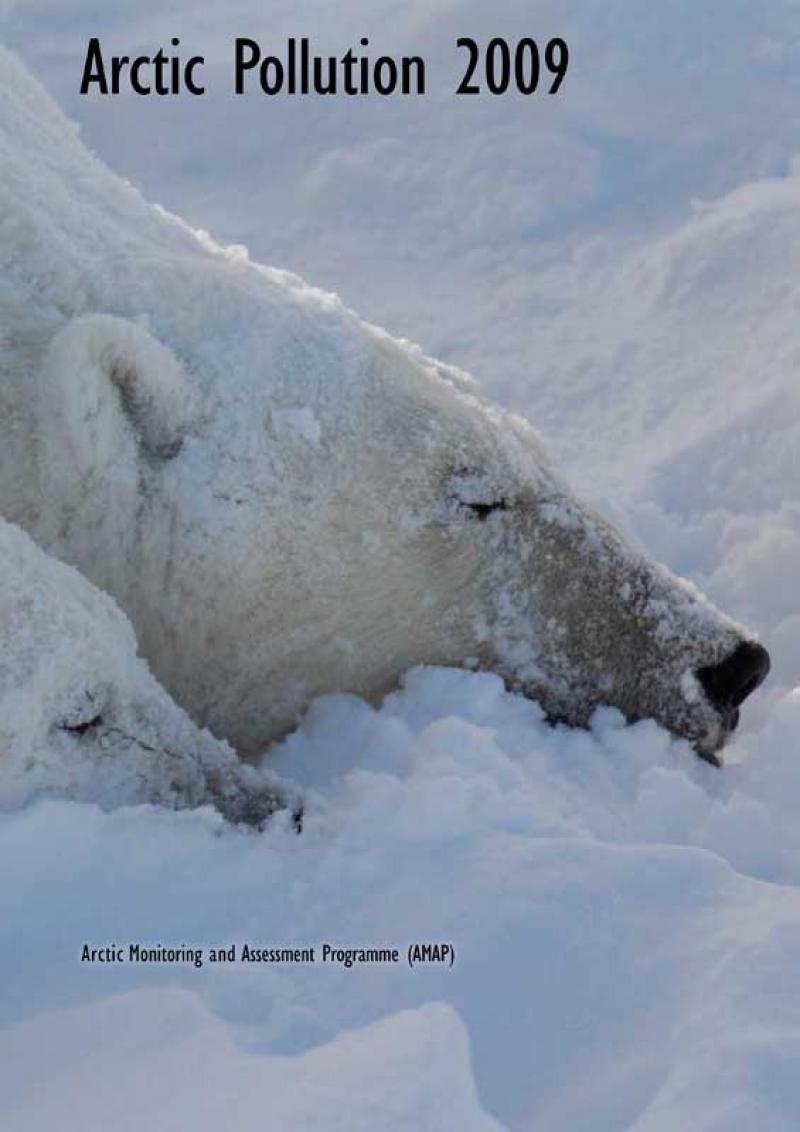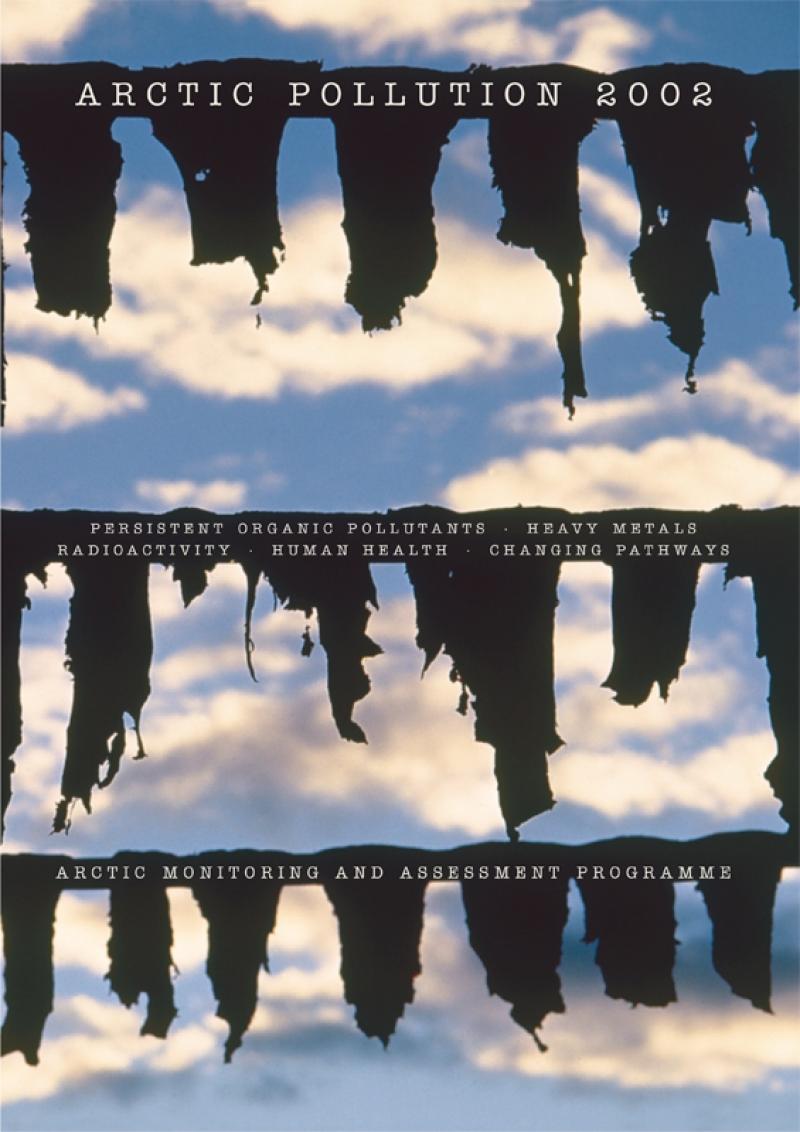Background
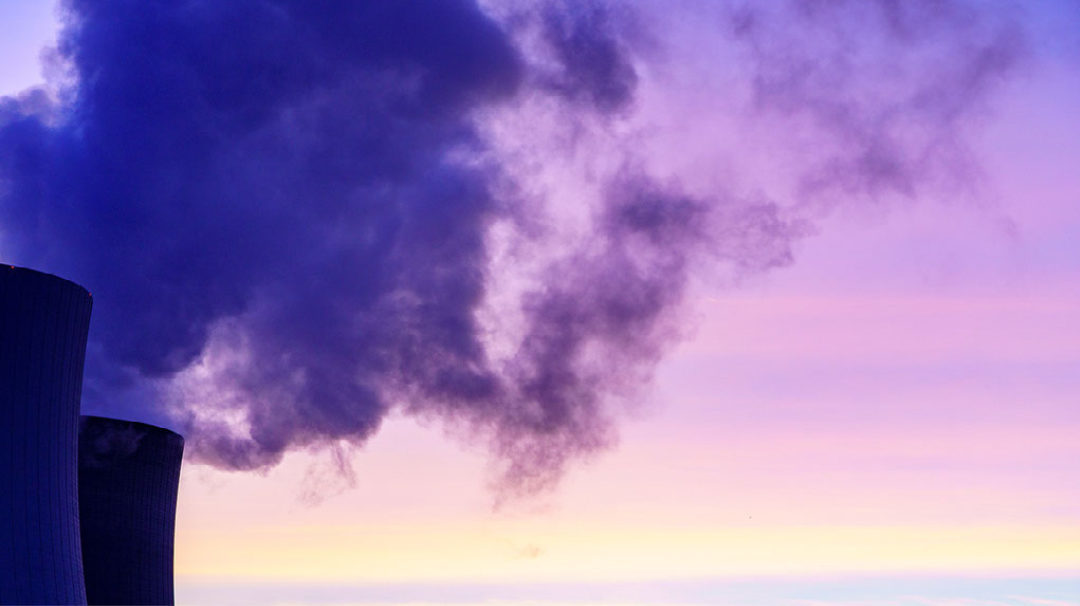
Figure 1: Nuclear power plant. Source: Mhollaen.
Far from being isolated from the rest of the world, the Arctic regions are exposed to diverse nuclear sources, both from within the Arctic circle and lower latitudes. Radioactive pollution threatens the vulnerable Arctic environment, its populations, their activities, and traditional livelihoods.
The primary sources of technogenic radioactivity in the Arctic have resulted from human activities: atmospheric nuclear weapons tests, nuclear accidents, reprocessing of nuclear fuel, and the dumping of nuclear waste in the oceans. Natural radiation sources also exist in the Arctic environment; levels of naturally occurring radioactivity typically vary widely from place to place, depending on for example geological characteristics of the bedrock in the area.
In addition to known sources of contamination, new potential sources and threats are being identified. Climate change and the possible increased development of resource and energy industries in the Arctic could lead to new sources of radioactive pollution, both from the primary extraction process, associated waste products, and energy production necessary to support industrial activities and the northern population. New nuclear power plants are also planned in the Arctic or are being built close enough to affect the Arctic in the event of accidents.
While the pollution levels posed by radioactivity in the Arctic are low and appear to be decreasing, the need to keep monitoring radioactivity in the Arctic remains unchanged.
Click on the button below for more background information on why radioactivity remains of interest in the Arctic.
AMAP’S LONG TERM PROGRAMME ON RADIOACTIVITY
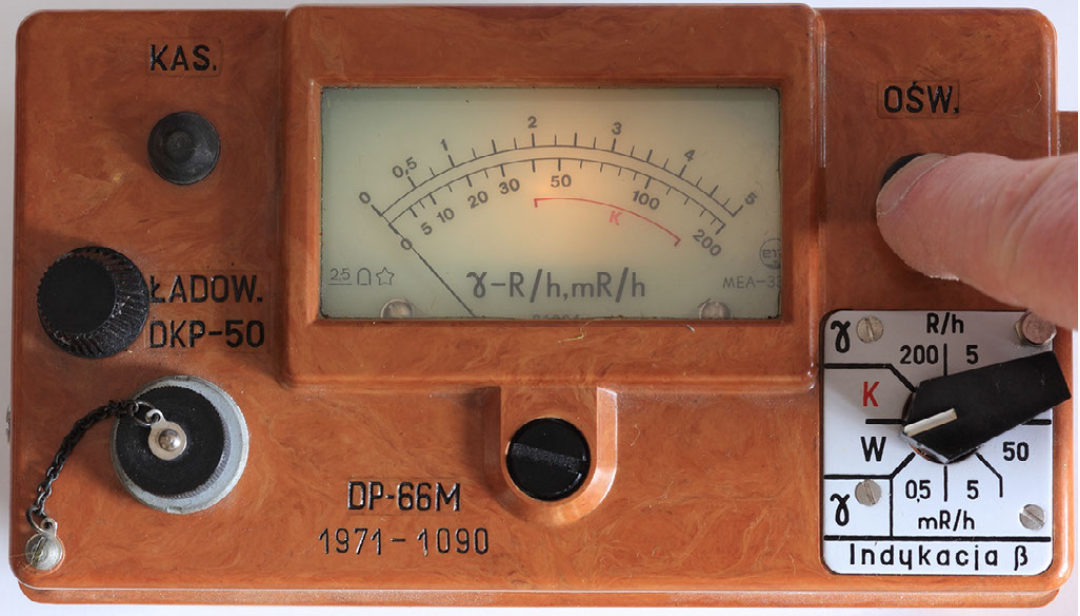
Figure 2: Geiger counter. Source: FlanetKamerasFilm.
- An Expert Group on radioactivity
AMAP has established a radioactivity Expert Group that compiles and assesses data and information arising from the monitoring and other relevant research activities in the Arctic.
The current leads of the AMAP radioactivity Expert Group can be found under Contacts (see below). AMAP maintains a list of members of its expert groups who are nominated through an open process and contribute to this work with their expertise as independent experts. All AMAP assessments are subject to an independent peer-review process.
- A series of assessments
The previous AMAP assessments on radioactivity have been provided in several reports.
The first AMAP report, Arctic Pollution Issues: A State of the Arctic Environment Report, was presented in June 1997 at a Ministerial Conference in Alta, Norway.
A new assessment on radioactivity, AMAP Assessment 2002: Radioactivity in the Arctic, provides the accessible scientific basis and validation for the statements and recommendations made in the second AMAP State of the Arctic Environment report, Arctic Pollution 2002, that was delivered to Arctic Council Ministers at their meeting in Inari, Finland, in October of the same year.
In April 2009, a new AMAP Assessment report, AMAP Assessment 2009: Radioactivity in the Arctic, was published to provide the scientific basis and validation for the statements and recommendations made in the AMAP State of the Arctic Environment report, Arctic Pollution 2009, delivered to the Arctic Council Ministers at their meeting in Tromsø.
Finally, the latest assessment on radioactivity, AMAP Assessment 2015: Radioactivity in the Arctic was published to provide the accessible scientific basis and validation for the statements and recommendations made in the Summary for Policy-makers: Arctic Pollution Issues 2015 report, delivered to the Arctic Council Ministers at their meeting in Iqaluit, Canada, in April of the same year. The assessment is also the basis for a related AMAP State of The Arctic Environment report Arctic Pollution Issues 2015: Overview.
AMAP work has been instrumental in drawing attention to the risks posed by radionuclides in the Arctic. Since the mid-1990s, the AMAP approach of actions based on scientific study and assessment has been very effective in reducing radiation risks in the Arctic region. Progress has been made in addressing poorly stored nuclear waste, removing and decommissioning radioisotope thermoelectric generators (RTGs), dismantling nuclear submarines and handling their spent nuclear fuel, and cleaning up of temporary storage sites.
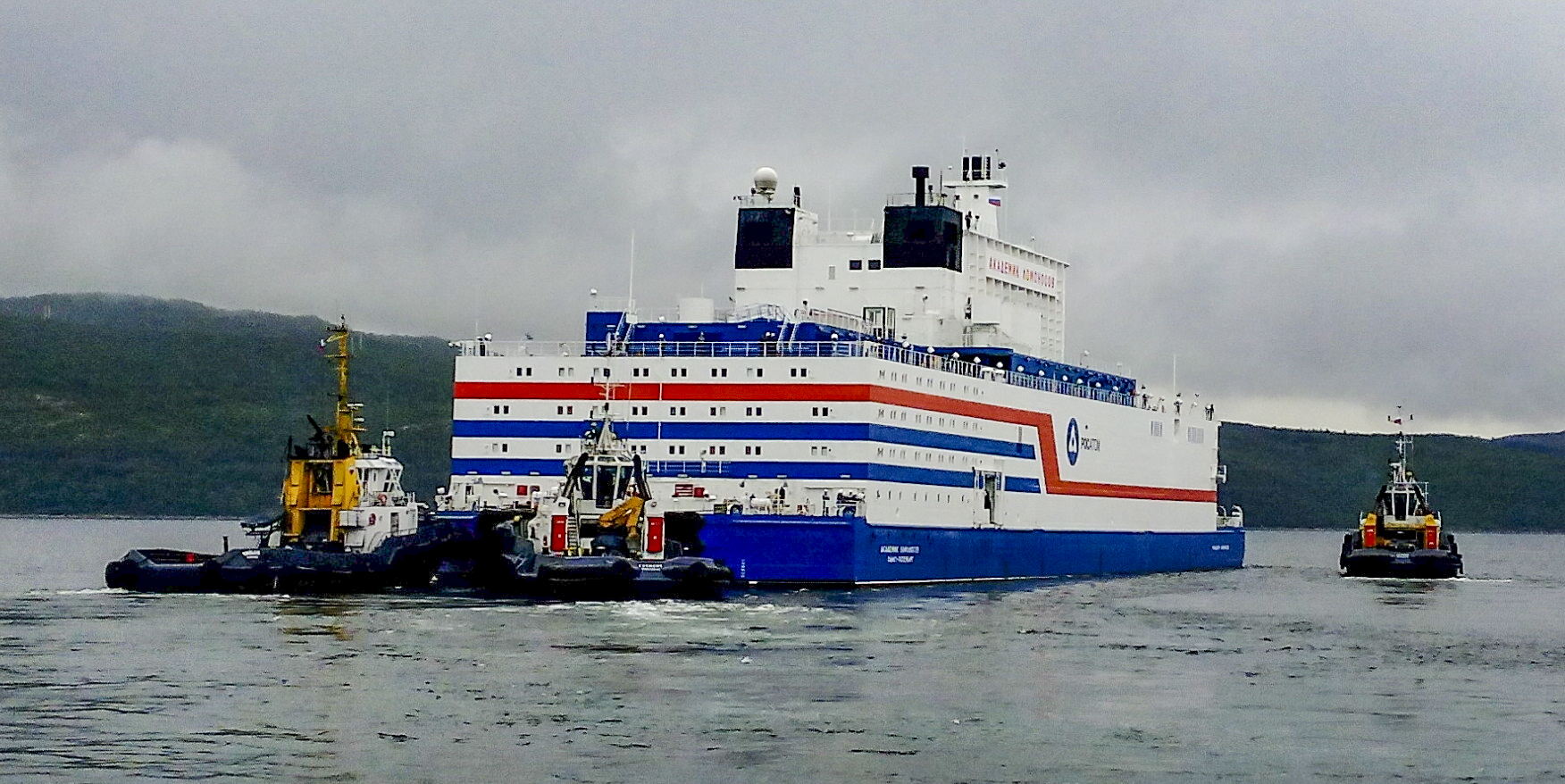
Figure 3: The floating nuclear power plant Akadamic Lomonosov. Source: TuomoS
CURRENT ASSESSMENT ON RADIOACTIVITY
A new assessment on radioactivity is in preparation. It will update the previous reports and include, among other topics, the impacts of anthropogenic and naturally occurring radionuclides to members of the public in the Arctic, and to Arctic biota.
The main questions that will be addressed in the new AMAP assessment are:
- What are the main sources of artificial radionuclides to and within the Arctic?
- What are the recent trends in activity concentrations of anthropogenic radionuclides in the Arctic environment?
- What are the sources and recent trends in activity concentrations of naturally occurring radionuclides in the Arctic environment?
- What new information exists about radioactive waste handling and decommissioning?
- What possible effects might climate change have on radioactivity in the Arctic?
CONTACTS
To get in touch with the responsible AMAP secretariate member, Mr. Jan Rene Larsen, click here.
To contact the main contacts of AMAP's Radioactivity Expert Group, please click on the button below.

